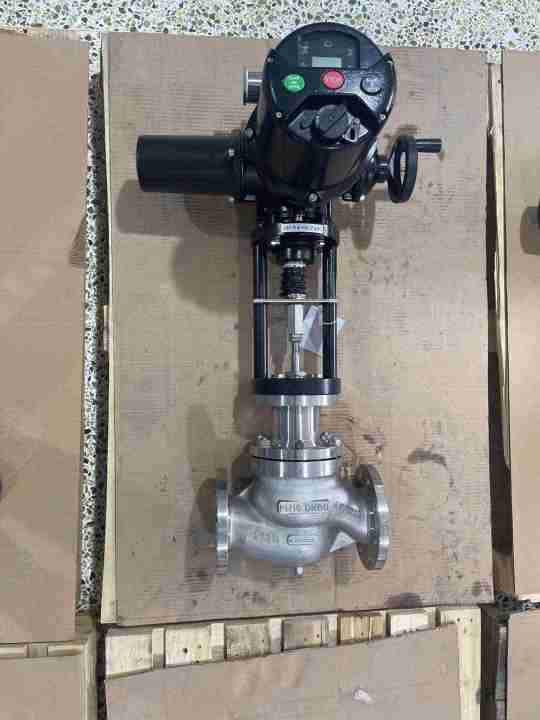The WCB Electric Two-Seat Regulating Valve is an essential component in modern industrial systems, particularly in applications requiring precise control of fluid flow. This valve combines the robustness of WCB (cast carbon steel) material with the accuracy and automation of electric operation, making it an indispensable tool for regulating fluid or gas flows in a wide range of industries. From chemical plants to power stations, the WCB Electric Two-Seat Regulating Valve offers optimal performance and reliability. In this article, we will explore its design features, advantages, and applications, shedding light on why it is a preferred choice for flow control solutions.

Design and Structure The WCB Electric Two-Seat Regulating Valve consists of two seats that work together to ensure smooth regulation of the fluid flow. The “two-seat” configuration provides better sealing performance and reduced leakage compared to single-seat valves. These seats are positioned in a way that when the valve is closed, they provide a tight seal, preventing the fluid from bypassing the valve. This design enhances the overall performance of the valve and ensures that the desired flow rate is accurately maintained. The valve body is made from WCB (cast carbon steel), which is highly durable and resistant to corrosion. This material is particularly suited for handling various types of liquids and gases, even those with aggressive chemical properties. The robust construction of the valve body ensures that it can withstand high pressures and temperatures, making it ideal for use in harsh industrial environments.
Leave a Reply